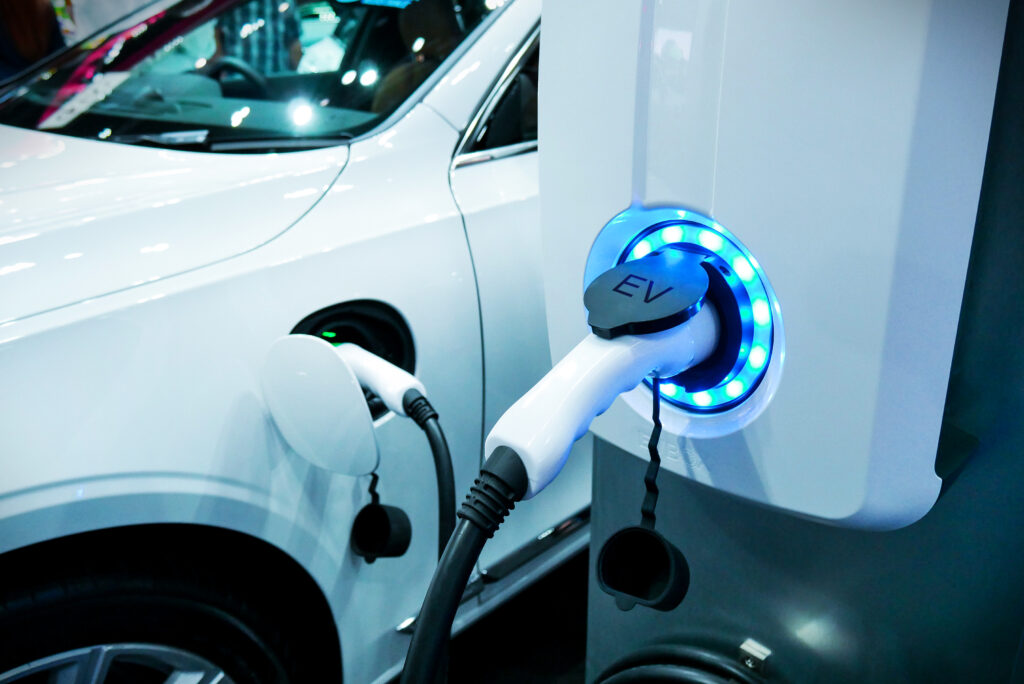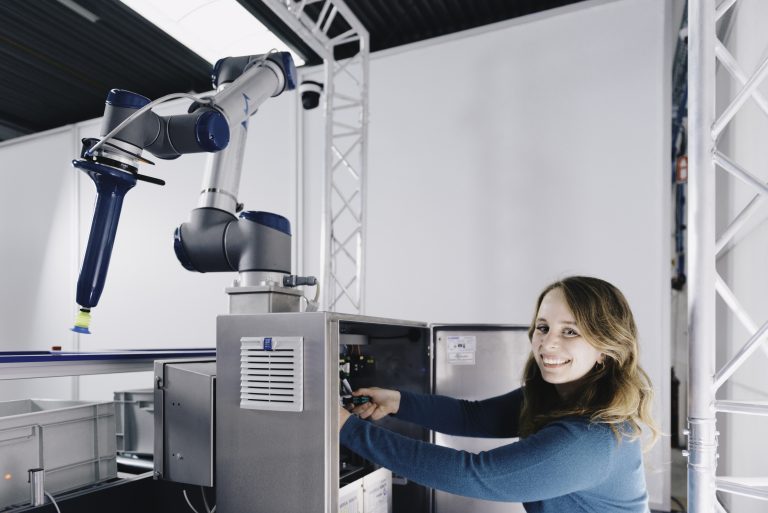In the evolving Electric Vehicle Charging market, a Product Engineering team faces several challenges to develop a reliable, ergonomic, competitive and technologically advanced product.
The main challenges can be divided into: requirements, sourcing, integration and testing.
Requirements
Assessing requirements correctly at the beginning of the project is of the uttermost importance as they will lead to different choices in terms of technical solutions, engineering effort and cost. Operational requirements are related to the environment where the equipment will operate. Shock, vibration, corrosion, humidity, operational temperature and EMC (electromagnetic compatibility) will be addressed.
Functional requirements define the overall system behavior and its features. They are related to interfaces (Human, visual, mechanical, electrical, software and display characteristics) and focus on the user interaction.
Performance requirements pertain to the metrics and parameters that describe the product capabilities. They include sensor and specific component parameters, communication, power consumption, efficiency, security, cooling, durability and maintainability.
Sourcing
These requirements translate into technical solutions and components in different areas of the EV Charger: plugs, cables, power distribution, safety, display, cooling, communication and ergonomics.
This involves extensive market survey, contacting suppliers and creating lists of components and their alternatives, with the objective of selecting the best components, considering other factors like availability and cost.
Integration
Integration and component layout are another important aspect of EV Charger product engineering. The cabinet dimensions are limited and space is a valuable resource. Consequently, to integrate the specified features and attain the desired performance, thermal management is extensively analyzed and different layouts projected.
Testing
Prototypes are tested for different scenarios, including IK testing (impact resistance), IP testing (dust and liquid ingress protection), radiation and electrical tests. Individual components are tested as well, including sensors, circuit breakers and electronic boards. Testing is done internally and by certified laboratories. After this stage, obtained the necessary certifications, the EV Charger is ready to be commercialized.
During the Electric Vehicle Charger development, these areas overlap themselves. Planning, identifying critical constraints and ensuring stakeholders are onboard are key factors for ensuring a smooth project workflow and a winning product.

Post was written by Bruno,
Engineering Consultant












